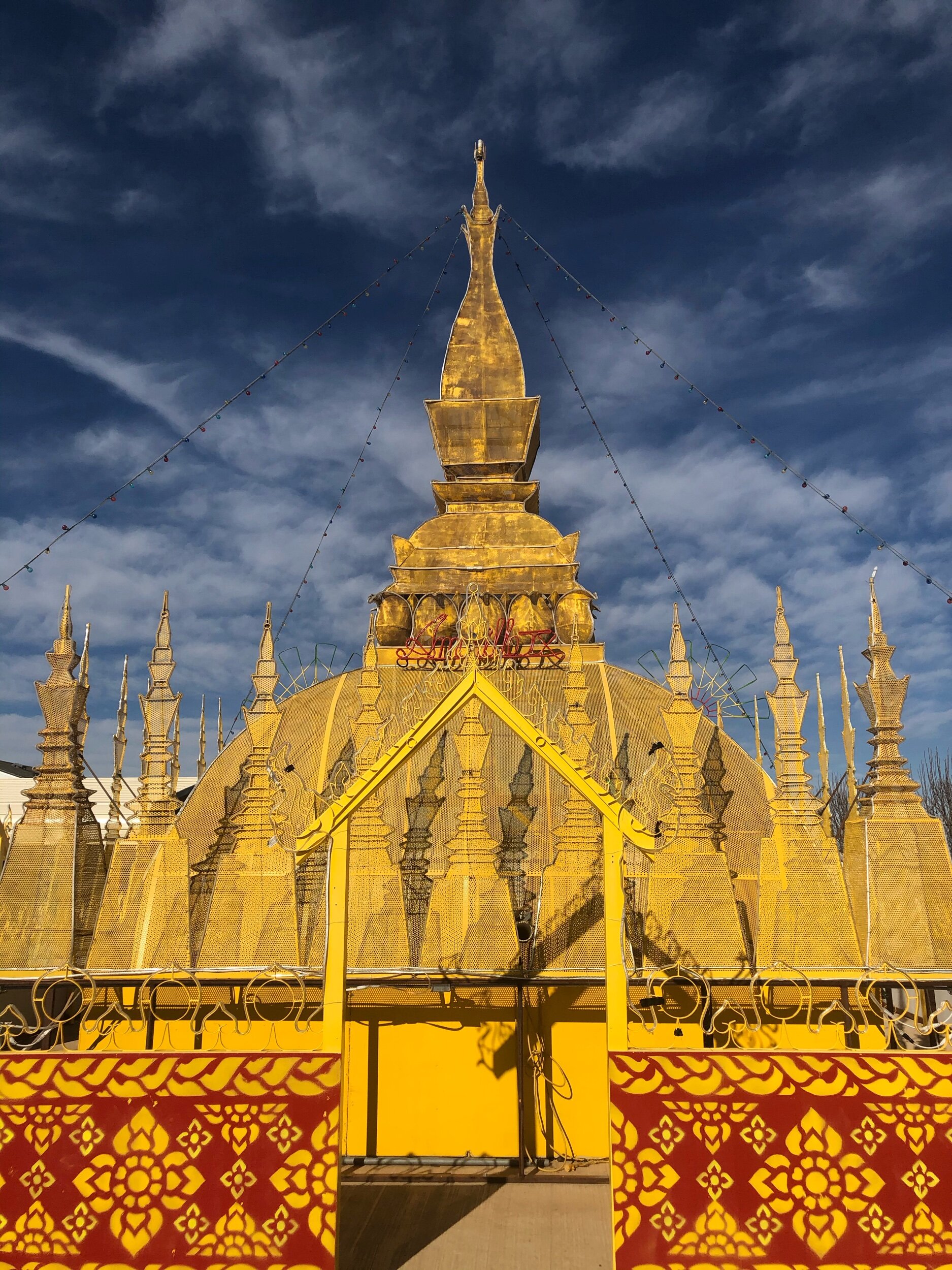A year ago, I spent a day on retreat at Chua Tam Bao, a Vietnamese Zen monastery in Baton Rouge. This year, I returned to the temple from December 5-8 to undertake another, more intensive silent and solitary retreat.
Venerable Thich Dao Quang, who is the abbot, welcomed me and kindly supported my intentions to enter seclusion and practice intensive meditation at his monastery. Indeed, under the supportive umbrella of Thay and his 13 monks, nuns and novices (one of whom is a westerner), this beautiful temple is an excellent venue for a meditation retreat.
The schedule went something like this:
-Thursday Schedule-
6-9 pm: sitting & walking
9 pm: bedtime
-Friday Schedule-
3 am: get up
3:30-6:30 am: sitting & walking
6:30-7:15 am: breakfast & rest
7:15-11:15 am: sitting & walking
11:15-12:15 pm: lunch & rest
12:15-5 pm: sitting & walking
5-6 pm: study & rest
6-7:30 pm: sitting & walking
7:30 pm-bedtime: personal time
-Saturday Schedule-
3:30 am: get up
4-7 am: sitting & walking
7-7:45 am: breakfast & rest
7:45-11:15 am: sitting & walking
11:15-12:45 pm: lunch & rest
12:45-5 pm: sitting & walking
5-6 pm: study & rest
6-7:30 pm: sitting & walking
7:30 pm-bedtime: personal time
-Sunday Schedule-
3:30 am: get up
4-7 am: sitting & walking


















